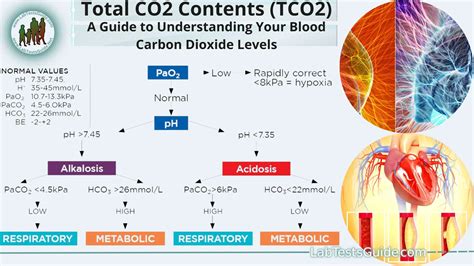The concentration of carbon dioxide (CO2) in the atmosphere has been a subject of significant interest and concern in recent decades, particularly in the context of climate change. Historically, the Earth’s atmosphere contained about 280 parts per million (ppm) of CO2 before the Industrial Revolution. This level had been relatively stable for thousands of years, with minor fluctuations due to natural factors such as volcanic eruptions and changes in ocean currents.
Pre-Industrial Era
During the pre-industrial era, the balance between CO2 emissions and absorptions by natural sinks like forests and oceans maintained a stable CO2 concentration. Human activities, such as burning fossil fuels (coal, oil, and gas) and land-use changes (deforestation, agriculture), have significantly altered this balance. The Industrial Revolution marked the beginning of a substantial increase in CO2 emissions due to fossil fuel combustion and industrial processes.
Current Levels
As of the latest measurements, the CO2 concentration in the atmosphere has surpassed 415 ppm. This represents an increase of over 40% since the pre-industrial era. The current rate of increase is about 2 ppm per year, primarily due to continued reliance on fossil fuels for energy and transportation, as well as ongoing deforestation and land degradation.
Impacts of Elevated CO2 Levels
The increase in atmospheric CO2 has several profound impacts on the Earth’s climate system: - Global Warming: CO2 is a greenhouse gas that traps heat from the sun, leading to global warming. The increase in CO2 levels enhances the greenhouse effect, resulting in rising global temperatures. - Climate Change: Beyond warming, climate change encompasses shifts in precipitation patterns, more frequent extreme weather events (like hurricanes, droughts, and heatwaves), and rising sea levels. - Ocean Acidification: The absorption of CO2 by oceans increases their acidity, which can harm marine life, especially organisms with calcium carbonate shells, such as corals and shellfish.
Natural and Anthropogenic Sources
CO2 emissions come from both natural and anthropogenic (human-induced) sources: - Natural Sources: Include volcanic eruptions, plant respiration, and decomposition of organic matter. - Anthropogenic Sources: Primarily consist of fossil fuel combustion (for electricity, heat, and transportation), deforestation, and industrial processes (like cement production).
Mitigation Efforts
To address the issue of rising CO2 levels, various mitigation strategies are being implemented and proposed: - Transition to Renewable Energy: Shifting from fossil fuels to renewable energy sources (solar, wind, hydroelectric) for electricity generation and transportation. - Energy Efficiency: Improving the energy efficiency of buildings, appliances, and vehicles to reduce energy consumption. - Reforestation and Afforestation: Planting more trees to absorb CO2 from the atmosphere. - Carbon Capture and Storage: Developing technologies to capture CO2 emissions from power plants and industrial processes and store them underground.
Conclusion
The management of CO2 levels is critical for mitigating climate change and its associated impacts. Understanding the causes, effects, and potential solutions to elevated CO2 levels is essential for developing effective strategies to reduce emissions and promote sustainable development. The transition to a low-carbon economy, coupled with efforts to protect and expand natural carbon sinks, will be crucial in stabilizing atmospheric CO2 concentrations and ensuring a habitable planet for future generations.
What is the current concentration of CO2 in the atmosphere?
+The current concentration of CO2 in the atmosphere is over 415 parts per million (ppm), which represents a significant increase from the pre-industrial level of about 280 ppm.
What are the main causes of the increase in CO2 levels?
+The main causes of the increase in CO2 levels are the burning of fossil fuels (coal, oil, and gas) for energy and transportation, and land-use changes such as deforestation and agriculture.
What are the impacts of elevated CO2 levels on the environment?
+Elevated CO2 levels contribute to global warming, climate change, and ocean acidification, leading to rising temperatures, more extreme weather events, and harm to marine ecosystems.
In addressing the complex issue of CO2 levels, it’s essential to consider both the natural and anthropogenic factors at play, as well as the potential for human action to mitigate these changes. The path forward involves a concerted effort to reduce emissions, protect natural carbon sinks, and develop sustainable practices that prioritize the health of the planet.



